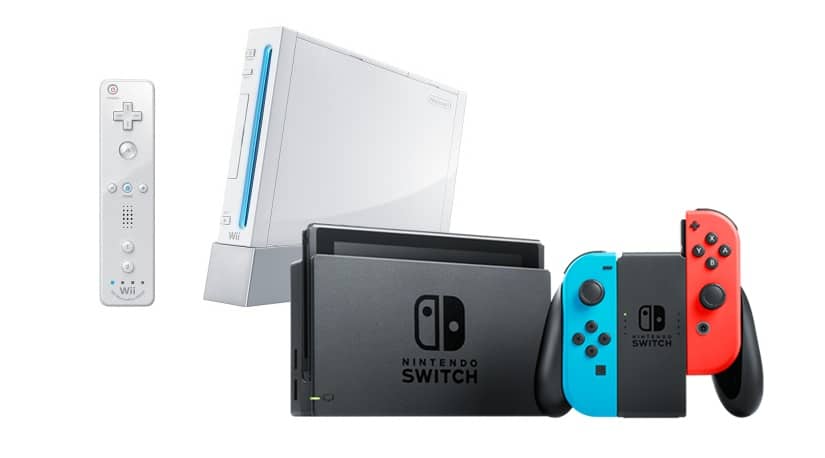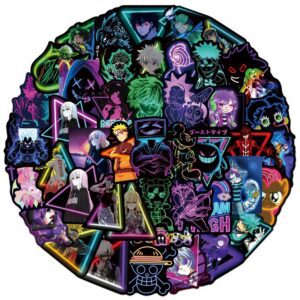Nintendo’s original Wii console, known for its motion-controlled gaming experience, has recently been discontinued. Let’s reflect on the three major reasons that led to Nintendo’s downfall in the video game console market.
Nintendo achieved remarkable success with the Wii, selling over 100 million units and attracting casual mainstream gamers. However, this triumph was short-lived, and Wii sales reached their peak in 2008.
The Playstation 3 by Sony and the Xbox 360 by Microsoft quickly caught up with and surpassed the Wii. By 2013, the Wii had become a mere footnote in video game history.
Since the decline of the Wii, Nintendo’s revenue and stock price have plummeted by more than 60%.
What went wrong?
One phrase sums up Nintendo’s problem: innovative ideas hindered by stubbornness.
Throughout its history, Nintendo has refused to conform to industry standards, missing out on crucial technological advancements, despite creating exceptional first-party games and pioneering gameplay innovations.
Let’s examine three mistakes that contributed to the downfall of this video gaming giant.

Mistake #1: Storage Media
In the late 1980s and early 1990s, Nintendo enjoyed great success with cartridges, which were the industry norm. However, when Sony introduced the CD-ROM format with the Playstation in 1994, offering more data storage capacity, Nintendo stuck with cartridges.
Nintendo believed that selling games on CDs could encourage piracy and disrupt the gaming experience due to loading times. Unfortunately, this decision frustrated developers who had to use expensive proprietary cartridges instead of cost-effective writable CDs. Cartridges couldn’t accommodate full-motion videos and orchestral soundtracks, leading leading developers like Square (now Square Enix), Konami, and Capcom to abandon Nintendo.
With the Gamecube, Nintendo finally adopted optical discs but chose a smaller format similar to miniDVDs instead of the standard DVD format used by Sony and Microsoft. This decision reduced the game’s maximum capacity from 4.7 gigabytes to 1.5 gigabytes and prevented the console from playing regular DVDs and audio CDs like the Playstation 2 and Xbox.
The Wii introduced a larger capacity disc, but it still fell short compared to the Xbox 360’s DVDs and the Playstation 3’s Blu-Ray discs.
This constant preference for proprietary media caused more significant problems for Nintendo.
Mistake #2: Lack of Third-Party Publishers
Since the N64 era, Nintendo has increasingly relied on its first-party titles, such as Mario and Zelda.
While some developers returned during the GameCube and Wii eras, no third-party title managed to crack the top five best-selling Wii games. The majority of top-selling games were Nintendo’s own franchises, leaving little variety for consumers. Nintendo had to bear the brunt of game development alone, whereas Sony and Microsoft shared responsibilities and risks with a growing number of game publishers.
Mistake #3: Limited Power
The Wii’s lack of processing power was another reason developers hesitated to create games for the console.
Nintendo believed that the Wii didn’t need to match the Xbox 360 and Playstation 3 in terms of specs. It aimed to produce a cheaper, lower-powered console with simple motion-based controls to capture a mainstream audience. While this strategy had merits, developers, who were already frustrated by Nintendo’s proprietary designs, saw it as another reason to ignore the platform.













